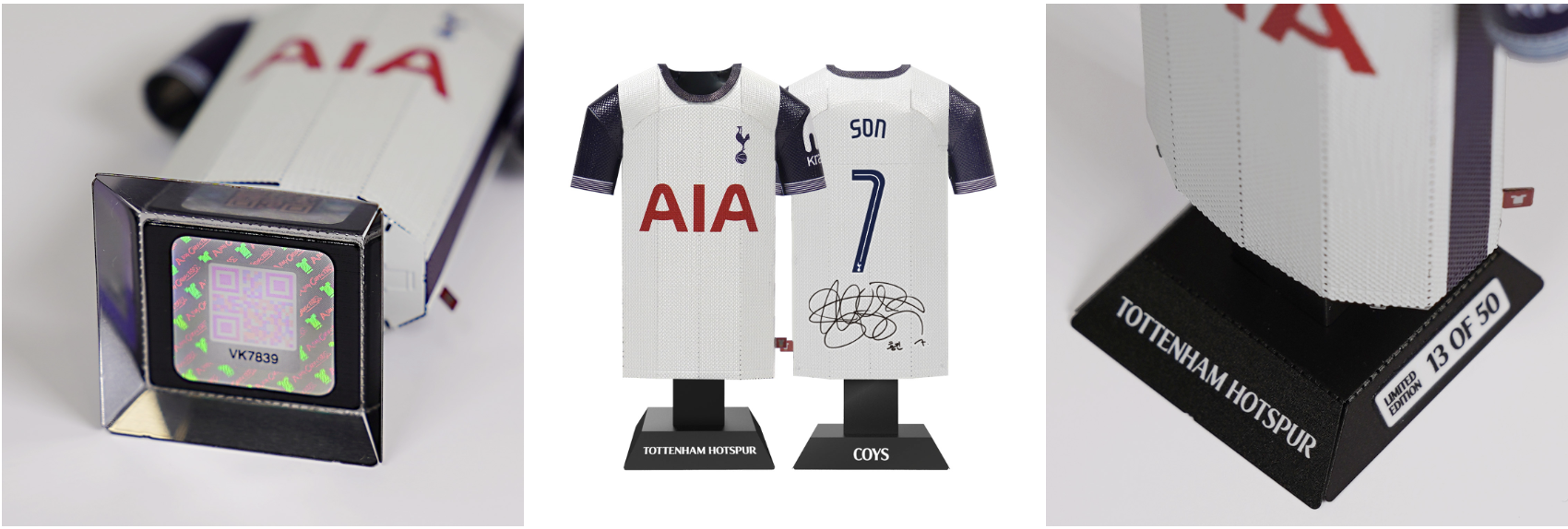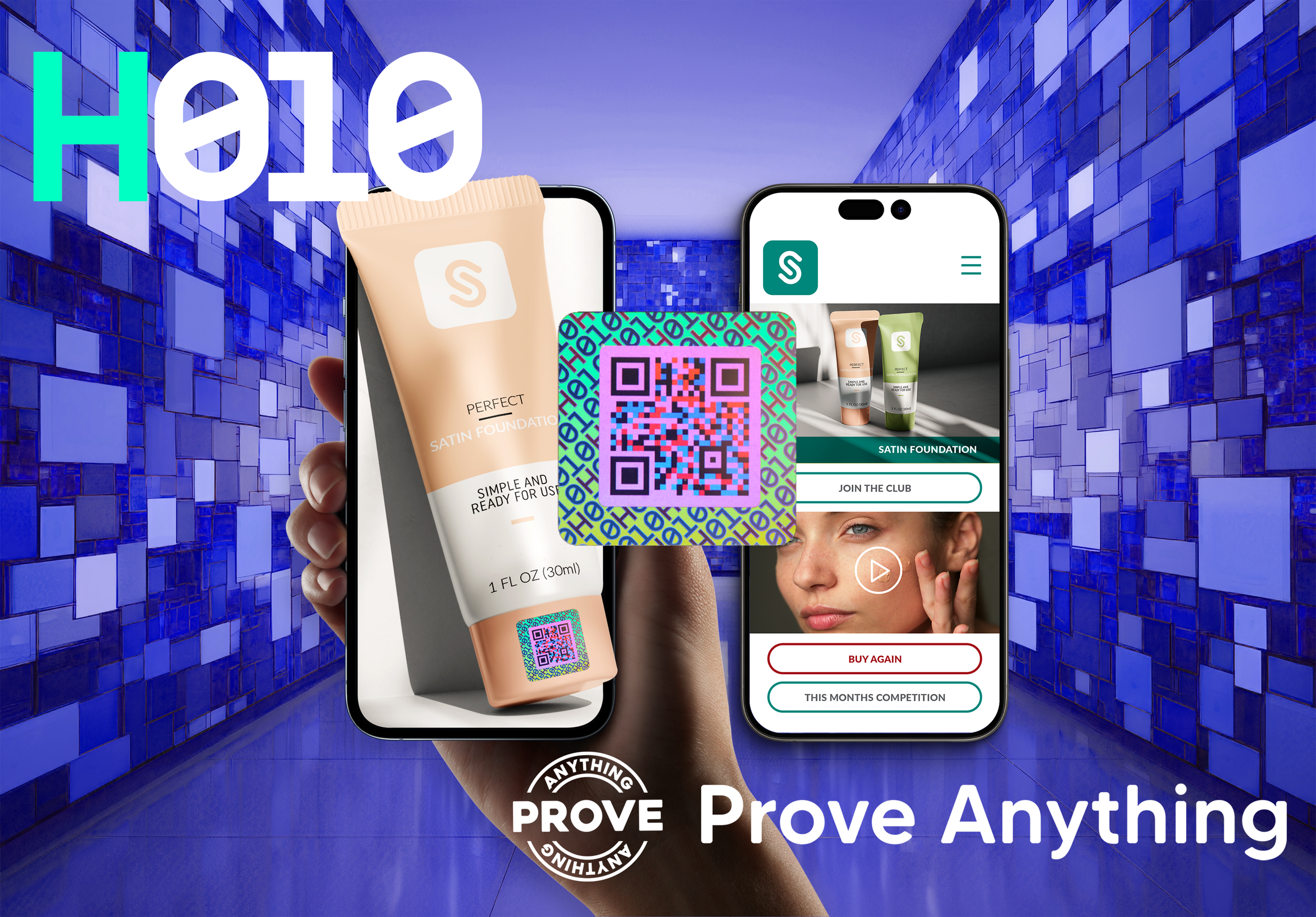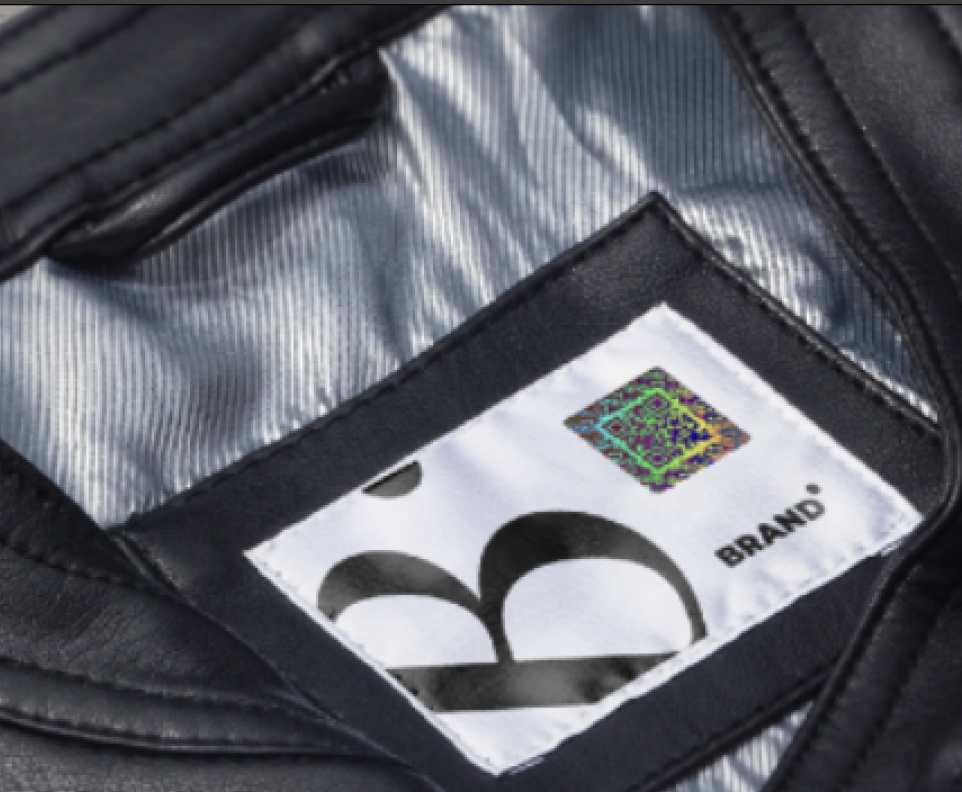

Oct 1, 2024 . Articles

In today’s hyper-connected world, brands are increasingly looking to engage consumers within a digital ecosystem. While this digital focus offers numerous opportunities for connection, it also presents unique challenges—especially for companies that primarily sell physical products. How can brands successfully bridge the gap between the digital and physical realms? Let’s explore the current landscape, the challenges brands face, and how innovative solutions like holograms and QR codes can facilitate engagement.
The rise of e-commerce and digital marketing has transformed how brands interact with consumers. Social media, targeted ads, and influencer partnerships create pathways for engagement that were once unimaginable. Consumers now expect personalised experiences that seamlessly blend online and offline interactions. However, for brands with tangible products—be it fashion, luxury goods, or consumables such as spirits—this shift can complicate the engagement strategy.
Physical products often rely on tactile and visual elements that consumers cannot fully experience online. For instance, how can a brand selling a cashmere jumper replicate the feeling of the fabric in a boutique when the customer is shopping within digital space?
Many physical products require significant consideration before purchase. Consumers want to understand the quality, durability, and fit of a product. This complexity can lead to decision fatigue, making it crucial for brands to provide clear and comprehensive information.
Unlike digital goods that can be delivered instantaneously, physical products come with logistical challenges. Delays in shipping, stock shortages, counterfeiting, and complicated return processes can detract from the consumer experience.
In the crowded digital space, consumers are bombarded with choices. Creating a loyal customer base is vital, but can be difficult when physical products often necessitate face-to-face interactions for trust-building.
Despite these challenges, brands can adopt several strategies to enhance digital engagement while selling physical products. One particularly exciting avenue is the combination of visually engaging technologies, like holograms, with widely accessible tools, such as QR codes.
Holograms can create stunning visual representations of brand assets, instantly grabbing the attention of a buyer.
By integrating QR codes into product packaging, brands can offer a seamless transition from the physical to the digital. When consumers scan a QR code, they can instantly access a wealth of information, including videos, product information, or even augmented reality. Recent examples include scanning a QR code on a Tequila bottle that transports the buyer into an augmented reality cocktail-making experience.
Combining holograms and QR codes enables both the security and engagement of a hologram with the digital ‘launchpad’ characteristics of a QR code. This leads to greater conversion of customers entering the digital ecosystem and gives brands greater opportunity to further engage their buyers.
Holograms and QR codes can be key components of a cohesive omnichannel strategy. Whether consumers start their buyer journey in-store or are browsing online, these tools ensure that the experience remains consistent and integrated.
As brands navigate the complexities of engaging consumers within a digital ecosystem, they must remain innovative and adaptive. By leveraging cutting-edge technologies like combined holographic QR codes, brands selling physical products can not only enhance consumer engagement but also provide immersive experiences that make purchasing easier and more enjoyable.
The future belongs to those who can seamlessly blend the digital and physical, creating experiences that resonate deeply with consumers. Embracing these strategies will not only help brands overcome challenges but also position them as leaders in the new era of consumer engagement. The journey may be complex, but the rewards are well worth the effort.
Explore what we’re building, what others are doing, and what’s next in secure labeling—from product updates to real-world use cases.

May 27, 2025 . Articles

Dec 16, 2024 . Articles

May 27, 2025 . Articles
© 2025 H010. All rights reserved.